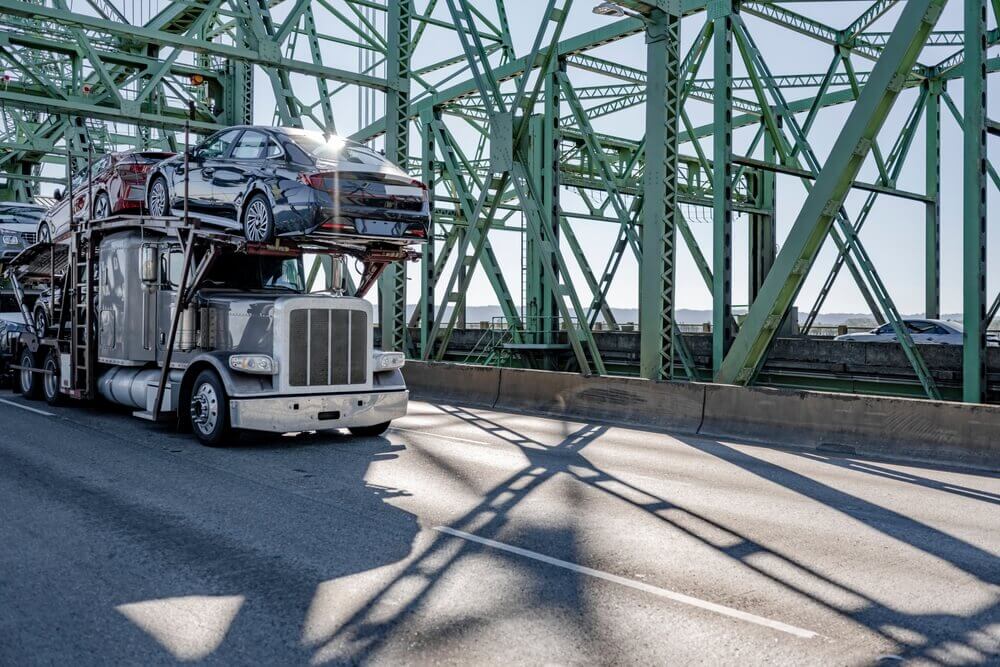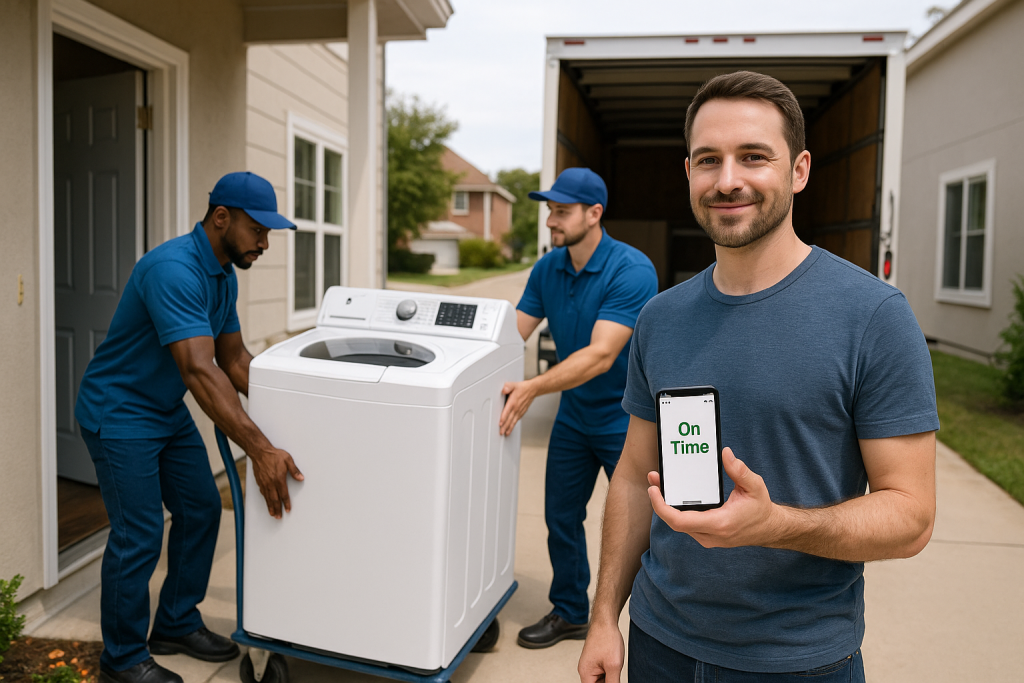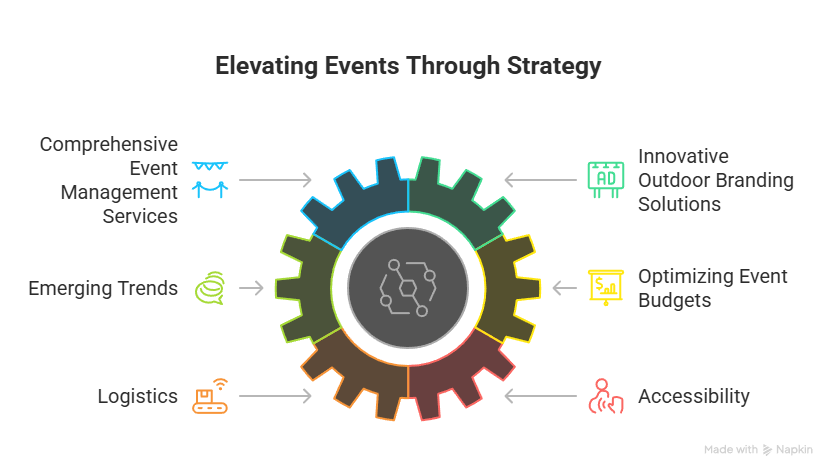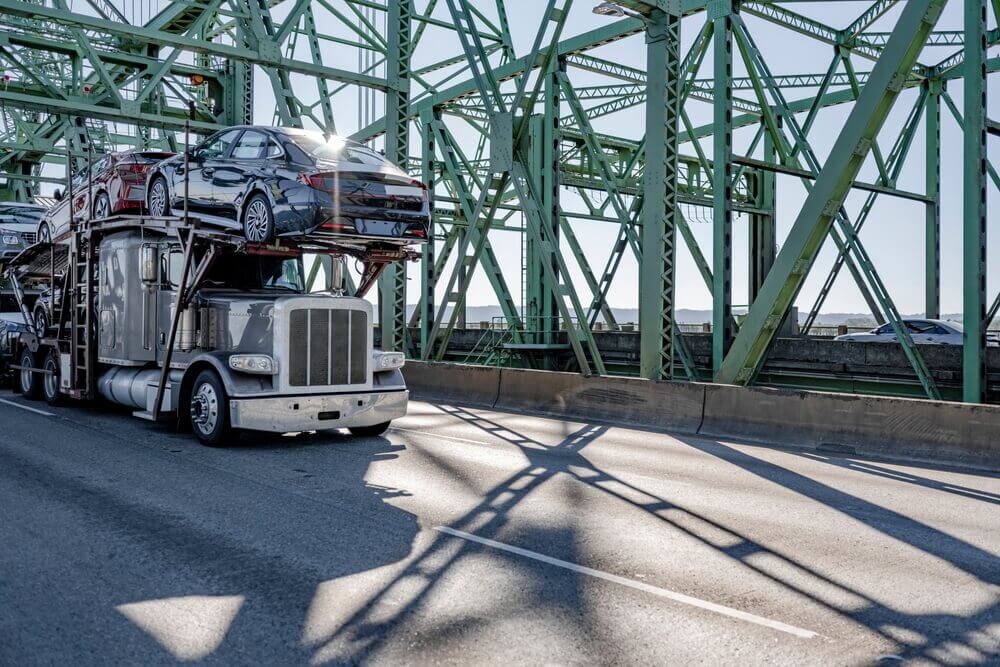
Indianapolis Auto Transport has built a strong reputation for providing dependable car shipping services across the United States. Whether you are moving for work, buying or selling a vehicle, or ensuring your classic car reaches its new destination in perfect condition, this service guarantees safety, professionalism, and customer satisfaction. With transparent pricing and a customer-first approach, Indianapolis drivers have access to a transport partner that simplifies the entire relocation process.
mississippiautotransport.com reflects the same dedication to quality, with a focus on serving residents and businesses throughout Mississippi. The platform makes it easy to request quotes, schedule shipping, and arrange customized services that fit unique transportation needs. Customers benefit from a balance of affordability, timeliness, and assurance that their vehicles are in reliable hands from pickup to delivery.
Comprehensive Services That Fit Every Need
One of the key advantages of both services is the variety of transport solutions offered. No matter what type of vehicle you own or how far you need it moved, there’s an option that fits your budget and expectations.
- Open Carrier Transport: This remains the most popular choice due to its affordability. Multiple vehicles can be shipped on the same trailer, keeping costs low. While cars are exposed to the weather, open transport is efficient, cost-effective, and widely available.
- Enclosed Carrier Transport: Owners of luxury, vintage, or specialty vehicles often choose enclosed transport for extra security. Cars remain shielded from weather, road debris, and visibility, making it the safest option for high-value vehicles.
- Door-to-Door Service: Convenience is essential when moving vehicles. Door-to-door transport allows pickup and delivery at the closest possible location to your home or business, saving you time and hassle.
- Expedited Shipping: For those in a hurry, expedited transport ensures your car is prioritized and delivered within a shorter timeframe. This option is often used when customers are relocating quickly for work or family needs.

Factors That Affect Pricing and Delivery Times
Understanding the cost and timing of auto transport is important for planning. Both Indianapolis and Mississippi providers calculate pricing based on several common factors:
- Distance and Route: Longer trips naturally cost more, while direct routes may save both time and money.
- Vehicle Type: Larger vehicles such as SUVs or trucks can require higher fees compared to compact cars.
- Transport Method: Open carriers are less expensive than enclosed trailers, though the latter offers greater protection.
- Seasonal Demand: Prices can fluctuate during peak moving seasons or around holidays when carrier availability is limited.
- Delivery Window: Expedited or guaranteed shipping will usually come at a premium compared to flexible scheduling.
In general, most shipments within neighboring states take only a few days, while cross-country trips may range from one to two weeks.
Why Customers Choose These Services
There are several reasons why Indianapolis and Mississippi vehicle owners rely on these auto transport providers:
- Dependability: Experienced carriers ensure vehicles arrive safely and on schedule.
- Transparency: Instant quotes and clear pricing remove the stress of hidden costs.
- Flexibility: Multiple shipping options allow customers to choose the service that fits their situation best.
- Vehicle Protection: Insurance coverage is typically included, giving peace of mind during transport.
- Customer Support: Dedicated representatives are available to assist with scheduling, tracking, and special requests.
These qualities make both providers standout choices for individuals, families, dealerships, and businesses that need consistent and professional transport solutions.
The Benefits of Planning Ahead
Booking in advance not only helps secure the best rates but also guarantees greater scheduling flexibility. By planning early, customers can choose between open or enclosed carriers, lock in preferred pickup dates, and avoid last-minute surcharges. It also ensures smoother coordination for those moving multiple vehicles or relocating across long distances.

Conclusion
When it comes to shipping a car, peace of mind matters most. Both Indianapolis Auto Transport and mississippiautotransport.com deliver reliable, customer-oriented solutions that simplify the process of moving vehicles safely and efficiently. With a wide range of service options, transparent pricing, and professional carriers, customers across Indiana and Mississippi can trust these companies to provide exceptional value and dependable results. Whether you’re relocating for work, protecting a prized car, or moving multiple vehicles, choosing these providers ensures a smooth journey for your vehicle from start to finish.




























